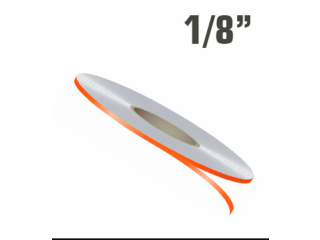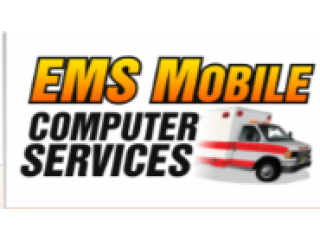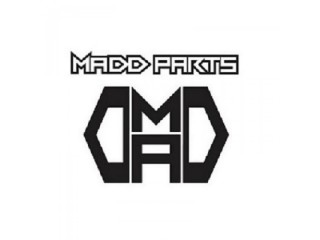Recent trends and future of pharmaceutical packaging technology Professional
2 years ago - Automobiles - Bellevue - 136 viewsThe pharmaceutical package market is constantly advancing and has experienced annual growth of at least five percent per annum in the past few years. The market is now reckoned to be worth over $20 billion a year. As with most other packaged goods, pharmaceuticals need reliable and speedy packaging solutions that deliver a combination of product protection, quality, tamper evidence, patient comfort and security needs. Constant innovations in the pharmaceuticals themselves such as, blow fill seal (BFS) vials, anti-counterfeit measures, plasma impulse chemical vapor deposition (PICVD) coating technology, snap off ampoules, unit dose vials, two-in-one prefilled vial design, prefilled syringes and child-resistant packs have a direct impact on the packaging. The review details several of the recent pharmaceutical packaging trends that are impacting packaging industry, and offers some predictions for the future.
Packaging is defined as the collection of different components which surround the pharmaceutical raw material from the time of production until its use. Packaging pharmaceutical products is a broad, encompassing, and multi-faceted task. Packaging is responsible for providing life-saving drugs, medical devices, medical treatments, and new products like medical nutritionals (nutraceuticals) in every imaginable dosage form to deliver every type of supplement, poultice, liquid, solid, powder, suspension, or drop to people the world over. It is transparent to the end user when done well and is open to criticism from all quarters when done poorly.[1,2]
Distribution of products is now more global than ever. Mass customization of packaging to permit its use in multiple markets is a topic that needs exposition and discussion. Environmental issues, including sustainability, will always be a subjective dimension to any packaging design.
Packaging is an emerging science, an emerging engineering discipline, and a success contributor to pharmaceutical industries.
Packaging can reside, or report through research and development (R and D), engineering, operations, purchasing, marketing, or the general administrative department of a company. For the majority of products produced in pharmaceutical industries it is probably the single largest aggregate purchase made by a company of materials critical to the protection, distribution, and sale of the product.
Containment - The containment of the product is the most fundamental function of packaging for medicinal products. The design of high-quality packaging must take into account both the needs of the product and of the manufacturing and distribution system. This requires the packaging: not to leak, nor allow diffusion and permeation of the product, to be strong enough to hold the contents when subjected to normal handling and not to be altered by the ingredients of the formulation in its final dosage form.[3]
Protection - The packaging must protect the product against all adverse external influences that may affect its quality or potency, such as light, moisture, oxygen, biological contamination, mechanical damage and counterfeiting/adulteration.
Presentation and information - Packaging is also an essential source of information on medicinal products. Such information is provided by labels and package inserts for patients.
Identification - The printed packs or its ancillary printed components serves the functions of providing both identity and information.
Convenience - The convenience is associated with product use or administration e.g., a unit dose eye drop which both eliminates the need for preservative and reduces risks associated with cross infection, by administering only a single dose.
Primary packaging system is the material that first envelops the product and holds it i.e., those package components and subcomponents that actually come in contact with the product, or those that may have a direct effect on the product shelf life e.g., ampoules and vials, prefilled syringes, IV containers, etc.
Secondary packaging system is outside the primary packaging and used to group primary packages together e.g., cartons, boxes, shipping containers, injection trays, etc.
Tertiary packaging system is used for bulk handling and shipping e.g., barrel, container, edge protectors, etc.
Traditionally, the majority of medicines (51%) have been taken orally by tablets or capsules, which are either packed in blister packs (very common in Europe and Asia) or fed into plastic pharmaceutical glass bottle (especially in the USA). Powders, pastilles and liquids also make up part of the oral veterinary medicine intake. However, other methods for taking medicines are now being more widely used. These include parentral or intravenous (29%), inhalation (17%), and transdermal (3%) methods.














